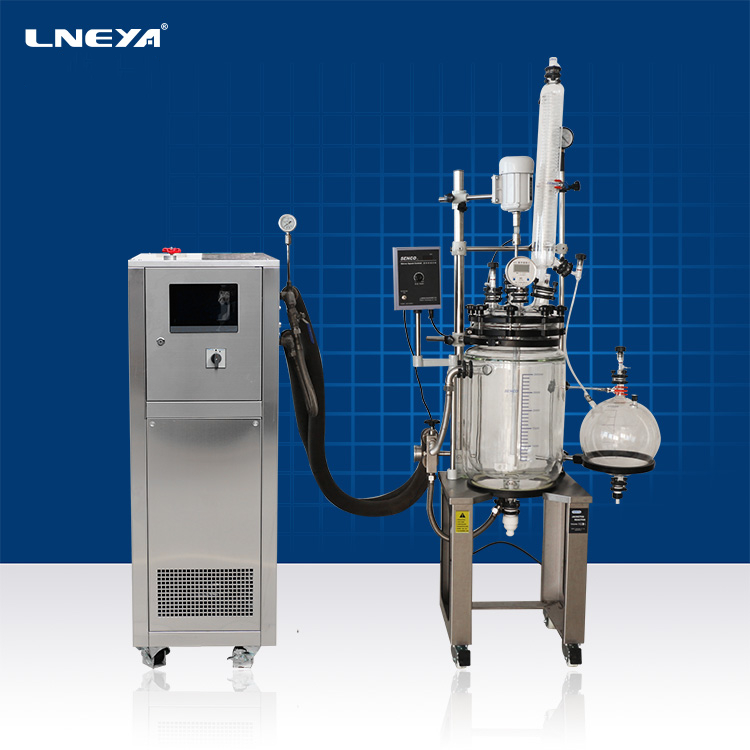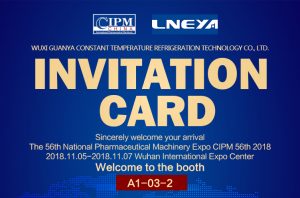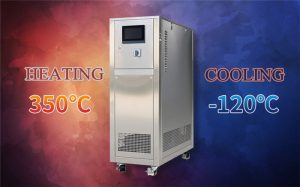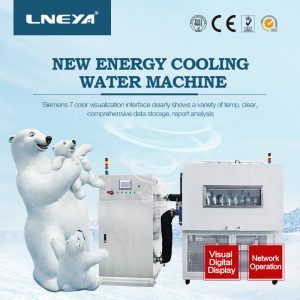Effect of cooling and heating system on glass reactor
The glass reactor is compact in volume and clear in structure, and can be conveniently operated in series and parallel in a flexible manner, fully satisfying various process occasions; the reaction path does not have any metal contact, and the inlet and outlet ports use a special conical connector to facilitate the rapid connection of PTFE pipeline In addition, special import and export joints can also be customized according to specific needs. If you use LNEYA’s cooling and heating system equipment, you don’t have to worry about the size of the joint at all. We will match the joint according to your import and export flow.

The inner container of the double-layer glass reactor is equipped with reaction materials, and can be evacuated and speed-adjusted at the same time. The interlayer can introduce freezing liquid, water and high-temperature liquid to heat and cool the materials. It is used for synthesis of new materials in chemistry, fine chemicals and biopharmaceutical Wait for experiment, pilot and production. It can be combined with circulating water type multi-purpose vacuum pump, diaphragm vacuum pump, low temperature circulation (vacuum) pump, circulation cooler, constant temperature circulator, low temperature cooling liquid circulation pump, closed refrigeration heating circulation device, etc. to form a system device.
The temperature range of LNEYA cooling and heating system is -120 ℃ to 350 ℃, with high precision and intelligent temperature control. The ultra-high temperature cooling technology can directly cool down from the high temperature of 300 ℃. Since only the heat transfer medium in the expansion chamber is in contact with the oxygen in the air (the temperature of the expansion tank is between normal temperature and 60 ℃), the heat transfer medium can be reduced. High temperature heat medium will not evaporate at high temperature, and continuous control can be realized in the range of -80 ℃ to 190 ℃.
The glass reactor can be used in a large temperature range from high temperature (300℃) to low temperature (-80℃); it can work under normal pressure and vacuum conditions, and the vacuum degree can reach below 0.095MPa under static conditions. After the reaction of the interlayer cooling or heating solution, it can be completely eliminated without liquid accumulation. Choosing a good temperature control system equipment is inevitable for the reaction process and material testing.
Recomendaciones relacionadas
-
2018 CIPM China | LNEYA le invita a la exposición
1920La 56ª (Otoño 2018) Exposición Nacional de Maquinaria Farmacéutica y China International Pharmaceutical Machinery Expo se celebrará del 5 al 7 de noviembre de 2018 en el Centro Internacional de Exposiciones de Wuhan. Como una de las plataformas de comunicación profe...
Ver detalles -
High temperature silicone oil cooling and heating cycle machine maintenance steps
1504The mechanical wear of the high temperature silicone oil cooling and heating cycle machine is an important factor that directly affects the refrigeration capacity. It is necessary to record the operating parameters during use, often listen to the ...
Ver detalles -
Nuevo equipo de prueba de la batería del coche de la energía para la batería Descripción
1517Lead-acid battery raw materials are easy to obtain, the price is relatively low, the high rate discharge performance is good, the temperature performance is good, can work in the environment of -40~+60 °C, suitable for float charging, long service...
Ver detalles -
¿Qué debo hacer si los compresores de la enfriadora 30p Refrigerated se sobrecalientan?
2082When users purchase 30p Refrigerated chiller, they understand the internal configuration. The compressor is an important accessory in 30p Refrigerated chiller. If it overheats, 30p Refrigerated chiller will be unavailable, then 30p Refrigerated ch...
Ver detalles
 LNEYA Enfriadoras industriales Fabricante Proveedor
LNEYA Enfriadoras industriales Fabricante Proveedor













